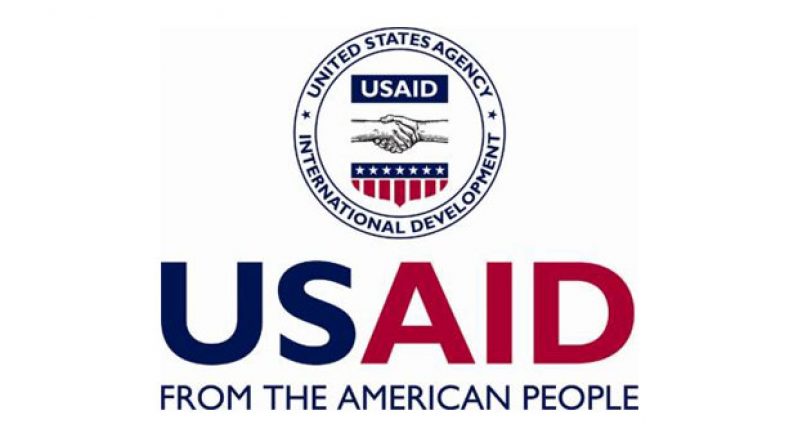ON June 25, 2014, the U.S. Agency for International Development (USAID) and the Governments of Ethiopia and India, in collaboration with UNICEF and the Bill & Melinda Gates Foundation, will come together for a high-level forum called ‘Acting on the Call: Ending Preventable Child and Maternal Deaths’. The forum will celebrate the progress made, assess the challenges that remain, and identify steps needed to sustain USAID’s momentum into the future. This event marks the second anniversary of the ‘Child Survival: Call to Action’ initiative, and coincides with several related events happening over the next few weeks.
The ‘Child Survival: Call to Action’ initiative was held on June 4, 2012 in Washington D.C. Convened by the Governments of the United States, India, and Ethiopia, it was organized in close collaboration with UNICEF.
“This high-level forum brought together an impressive array of public and private constituencies to identify the smart investments that can be dedicated to one ambitious yet simple goal: an end to preventable child deaths,” USAID commented.
It said that from the forum came the Global Roadmap which captures the specific goals, state of knowledge, and progress of child survival as it evolves through the leadership of countries and other stakeholders.
The Global Roadmap
In June 2012, the Summary Roadmap anticipated that, based on current rates of progress, many countries will not achieve Millennium, Development Goals (MDGs) 4 and 5: – ‘To reduce child mortality and improve maternal health.’ It pointed to the glaring global disparity between the rates of child deaths in rich countries and those in poor countries, and between rich families and poor families, noting that such disparities will persist well into the next century unless the world takes action.
And USAID, in a release on Friday last, reminded that 6.6 million children died in 2012 before their fifth birthday. In the previous year, 287,000 women died during pregnancy or childbirth, and there were 390,000 new HIV infections in children, with the odds in life already stacked against them.
It stated too, that infectious, life-threatening diseases like pneumonia, diarrhoea and malaria are further exacerbated by endemic rates of malnutrition and poor access to health services.
The release outlined that while the death of a mother is a tragedy in itself, it has devastating effects for the survival of her children, the economic stability of the family, and the productivity of the community. It added, “Children who are healthy avoid permanent disability and spend more time in school. Healthy children grow into healthy adults, who miss fewer days of work, earn more wages, and contribute to strong economies.”
Committed response
Albeit, the Roadmap stakeholders were buoyed that, for the first time in history, the global community has the tools and the knowledge to change that trajectory. “With new partners, a change in focus, and a global commitment to hold ourselves accountable, we can bring an end to preventable child deaths,” they assured.
The Roadmap also reminded that, “Taking on the challenge of ending preventable child deaths won’t just save millions of lives, it will help countries accelerate their economic growth and social development. It will unlock billions in economic savings by reducing the burden of disease and the cost of treating illness.”
Heartening is the fact that, over the last 50 years, child mortality rates around the world have declined by 70 percent. In just the last two decades, 50 million children were saved, and people are living 21 years longer on average. This USAID has referred to as ‘extraordinary progress’, proudly asserting that “USAID is a vital part of that progress.”
Long term investments
Some of USAID’s long term investments in maternal and neonatal health and voluntary family planning have been paying dividends. Among them are:
• In 24 countries where they’ve been heavily involved, maternal mortality declined by 40 to 65 percent.
• Eleven of the President’s Malaria Initiative focus countries have had reductions in childhood mortality rates which ranged from 16 to 50 percent.
• In one year, USAID-supported programmes provided 29 million infants and children with vitamin A supplementation in six countries.
Today, the global community has the knowledge and the tools to do much more.
• New vaccines against diarrhoea and pneumonia; bed nets to protect against malaria; nutritional supplements for pregnant women and young children; and a host of similar low-cost, life-saving technologies could save nearly 6 million children a year.
• At the same time, USAID’s family planning programmes enable women to have children at their healthiest times, so that both the mother and infant are more likely to survive.
The release concludes: “If we can reach children and their mothers with these simple interventions, then we can help achieve the incredible goal of ending preventable child and maternal deaths.”



.jpg)








